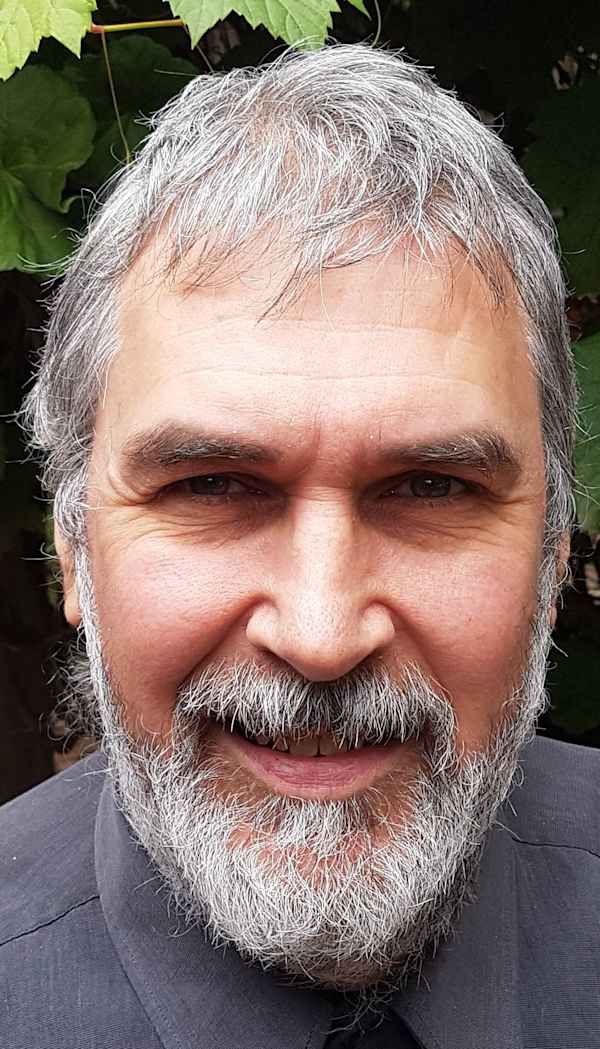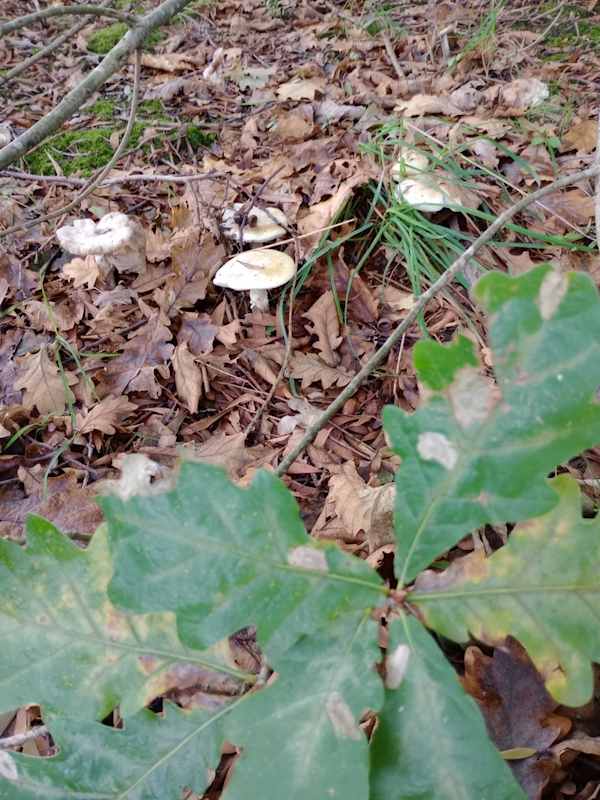EVEN the most highly qualified botanists and mycologists have difficulty identifying poisonous mushrooms from those that are safe to eat.
That was part of the testimony of expert mushroom witness in the Erin Patterson triple murder case, Dr Tom May, a world authority on amanita phalloides mushrooms, commonly known as death cap mushrooms, when the trial resumed in the Supreme Court at Morwell on Tuesday.
Ms Patterson, 50 of Leongatha, has pleaded not guilty to three charges of murder and one of attempted murder following a lunch of beef Wellington at her home in Leongatha on Saturday, July 29.
Three of her estranged husband’s relatives died after consuming death cap mushrooms at the lunch, another spent 54 days in hospital.
Under cross-examination by counsel for the defence, Sophie Stafford, Dr May agreed that not only did the appearance of mushrooms change through their lifecycle, that some edible mushrooms looked like poisonous mushrooms, and that edible and poisonous mushrooms grew side-by-side but also that mushrooms in the wild didn’t always look like the clear images you might find in a guidebook.

For 30 years the lead mycologist at the Royal Botanic Gardens Victoria (RBGV), and an honorary associate at the Victorian Poisons Information Centre, Dr May co-authored a book entitled ‘Wild Mushrooming: A Guide for Foragers’ with lead author Alison Pouliot in an effort to make foraging for mushrooms safer.
“We really had two aims with that book. One was to provide authoritative advice to people who were considering foraging for wild mushrooms but also to provide advice for people who might then decide not to forage for mushrooms,” said Dr May.
“The purpose of the book was mainly to provide advice on how to identify a small number of edible wild fungi,” he said.
As well as providing a potted history of death cap mushrooms in Australia after they were first reported in Canberra in the 1960s, following their arrival from their native Europe, Dr May said they had since been recorded in NSW, Victoria, South Australia, the ACT and Tasmania.
While most of the public records about the location of death cap mushrooms in Victoria had been supplied by citizen scientists on websites like iNaturalist, Dr May said he had also recorded sightings himself on that website under the name ‘Funkeytom’, including in May 2023 at Neilson Street, Outtrim.
Asked how many deaths had resulted from eating death cap mushrooms in Australia in the past 30 or 40 years, Dr May said he had recorded six in his Wild Mushrooming book.
He said there had been one in Victoria between 1996-97, another in Canberra between 1988-89 and a further four in the ACT between 1989 and 2012, which may have included the previous case.
Dr May said there had also been the case of a Chinese tourist who ingested death cap mushrooms in 2023, suffering organ damage but surviving.
He also said that animals were susceptible to mushroom poisoning, noting that a Cocker Spaniel, which died after eating mushrooms, had what was a later identified as amanita phalloides mushroom in its mouth
Dr May’s evidence will continue on Wednesday.
Earlier on Day 10 of Erin Patterson’s murder trial the court received statements from a friend of one of the Patterson children and one from the pilot trainer at the Peninsula Aero Club at Tyabb, Ulysses Villalobos who alleged Erin Patterson “got grumpy with me” after the late cancellation of her son’s flying lesson despite safety concerns about the weather.
The court also heard from Director of Infection Prevention and Public Health at Monash Health, Dr Rhonda Stuart, who had interviewed Erin Patterson Monday, July 31, 2023 as a result of public health concerns about where the poisonous mushrooms had come from.
Dr Stuart said Mrs Patterson told her she purchased some of the mushrooms from the supermarket and a packet of dried mushrooms from an Asian food shop in Oakleigh or Glen Waverley.
Asked whether any wild or foraged mushrooms had been used in the meal, Dr Stuart said Erin Patterson said no, she only used those two types of mushrooms that she described.
Another doctor, Laura Muldoon, an emergency registrar at Monash Health, also gave evidence that she was involved in the care of Erin Patterson in a consulting capacity as part of the Monash Health toxicology department.
She said that while there were reported symptoms of nausea, diarrhoea and some abdominal pain, associated with amanita phalloides mushroom poisoning, Erin Patterson’s tests revealed that there was no clinical or biochemical evidence of amanita poisoning nor evidence that any other toxicological substance had been ingested or consumed.
“I noted that she looked clinically well. She had some chapped lips but otherwise looked very well,” she said displaying normal vital signs for blood pressure, heart rate and blood gas parameters.
“Were the results of those normal or abnormal?” Normal, she said.
Dr Stuart also assisted with transferring the remains of the beef Wellington meal to the mycologist at the Royal Botanic Gardens for testing.











